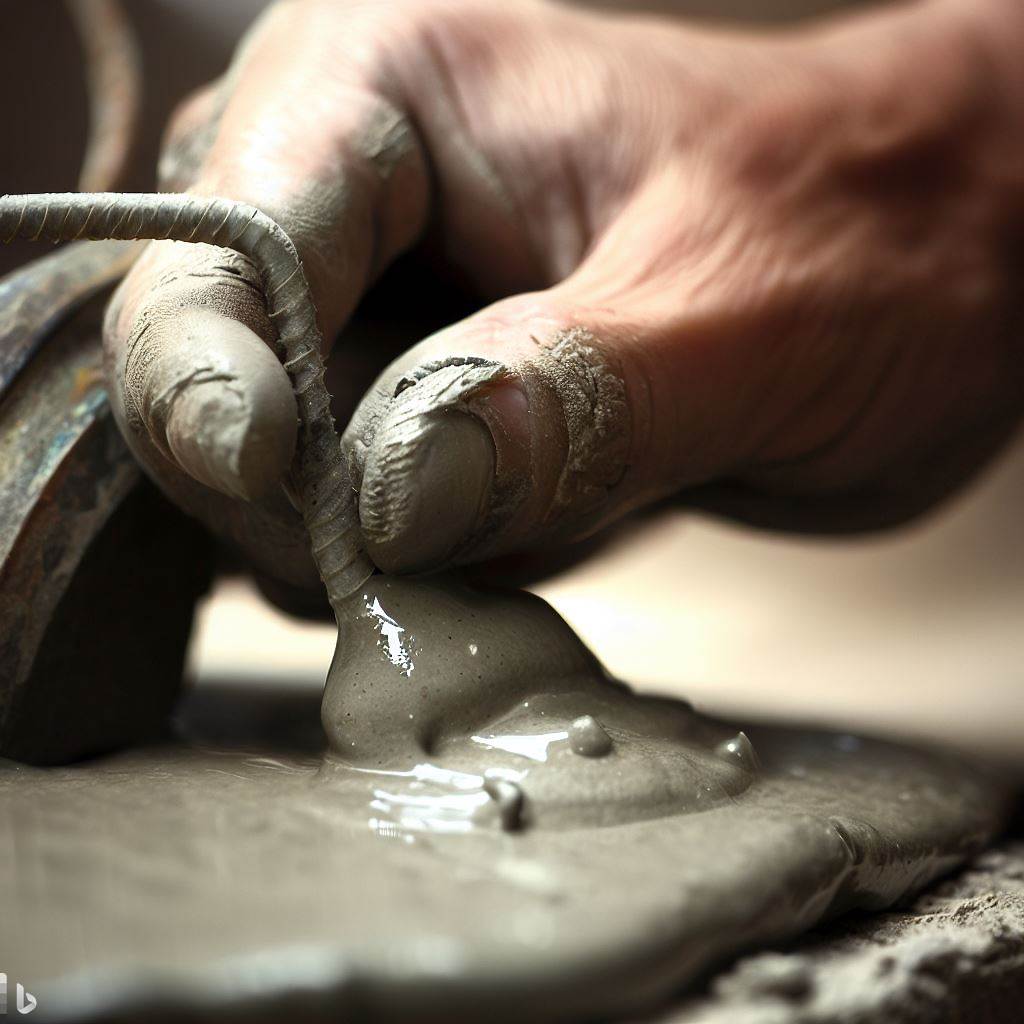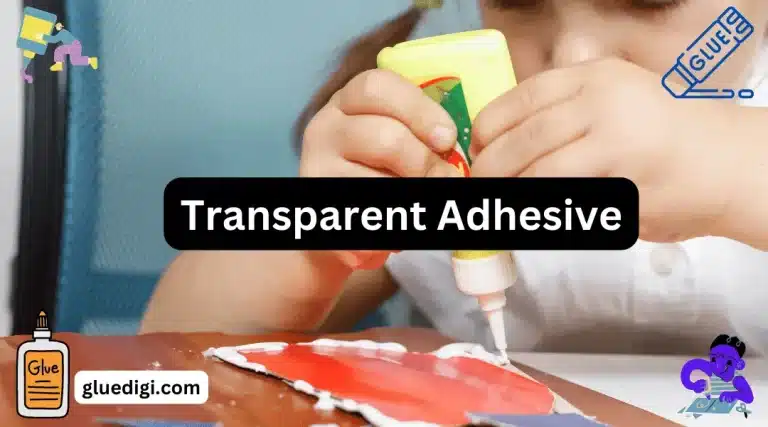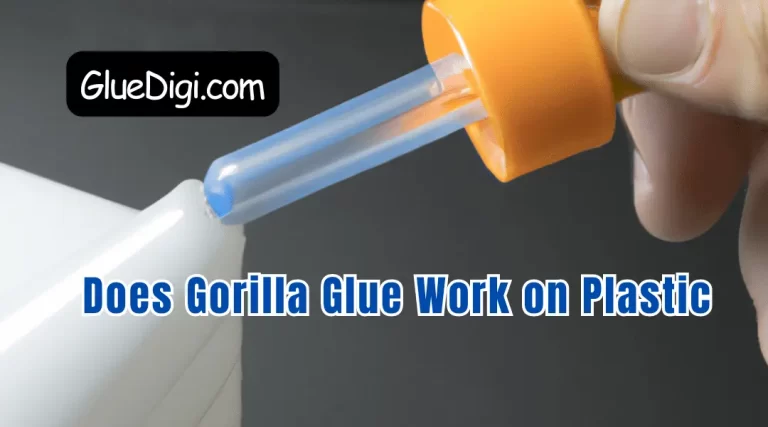Contact cement is a versatile adhesive that is commonly used in various industries and DIY projects. It is a popular choice among professionals and hobbyists alike due to its strong bonding capabilities and easy application. Contact cement is a type of adhesive that is applied to two surfaces, allowed to dry, and then pressed together to create a strong, permanent bond.
This article aims to provide an in-depth overview of contact cement, including its uses, advantages, disadvantages, safety precautions, and tips for using it effectively. By the end of this article, you will have a better understanding of what contact cement is, how it works, and whether it is the right adhesive for your next project.
Whether you are a seasoned professional or a beginner DIY enthusiast, this article will provide you with the knowledge and insights you need to use contact cement effectively and safely.
What is Contact Cement?
This adhesive substance functions as a versatile and durable bonding agent, commonly employed in various industrial and construction applications. Contact cement is a type of glue that is composed of synthetic rubber and a solvent, such as acetone or toluene. Its composition allows it to dry quickly and form a strong, permanent bond between two surfaces.

One of the benefits of using contact cement is that it can be applied to both surfaces being bonded, eliminating the need for clamps or other tools. Additionally, contact cement is heat resistant and water-resistant, making it suitable for use in environments with high temperatures or moisture. Its versatility and durability make it a popular choice for a variety of applications, including woodworking, automotive repair, and shoe making.
Moving into the subsequent section about uses of contact cement, it can be used for a wide range of projects, from repairing furniture to installing laminate flooring.
Uses of Contact Cement
Contact cement is a versatile adhesive that finds its use in various industrial applications, household projects, and DIY projects.
In industrial settings, contact cement is used to bond materials such as leather, wood, and metal.
At home, it is widely used for DIY projects such as laminating countertops, repairing furniture, and attaching tiles.
The adhesive’s flexibility and waterproof nature make it a popular choice for household and industrial applications.
Industrial Applications
The employment of contact adhesives in industrial settings is widespread, given their ability to provide an efficient, long-lasting bond between two surfaces that is resistant to both heat and moisture. Industrial innovations have led to the development of contact adhesives with varying properties to cater to different industrial applications.
Here are some common uses of contact adhesives in industrial settings:
- Laminating: Contact adhesives are used to bond decorative laminates to particleboard or MDF board in the furniture industry.
- Automotive and aerospace industries: Contact adhesives are used in these industries to bond materials such as metal, rubber, and plastic.
- Shoe manufacturing: Contact adhesives are used to bond the soles to the upper part of the shoe.
- Construction: Contact adhesives are used to bond laminates, veneers, and plastics to wood and other substrates in the construction industry.
- Marine industry: Contact adhesives are used to bond materials such as rubber, vinyl, and foam to the fiberglass in boat manufacturing.
However, the use of contact adhesives in industrial applications has raised concerns about their environmental impact. The solvent-based contact adhesives release volatile organic compounds (VOCs) that can contribute to air pollution and harm human health.
In the subsequent section about household and DIY projects, we will discuss the alternatives to solvent-based contact adhesives that are more eco-friendly.
Household and DIY Projects
What are the common applications of eco-friendly alternatives to solvent-based contact adhesives in household and DIY projects?
DIY enthusiasts and homeowners can make use of eco-friendly contact adhesives for a variety of household hacks and DIY tips. For example, contact cement is perfect for bonding laminates, veneers, and other surfaces without the need for clamping. It is also ideal for repairing furniture, fixing broken tiles or ceramics, and even for installing vinyl flooring.
Additionally, contact cement offers a strong, permanent bond that can withstand moisture, heat, and other environmental factors. By using eco-friendly contact adhesives, DIY enthusiasts and homeowners can achieve the same level of bonding strength without harming the environment. Thus, the use of eco-friendly contact adhesives is a practical and sustainable choice for household and DIY projects.
Moreover, the advantages of using contact cement go beyond its eco-friendliness, making it a versatile adhesive that can be used in various settings and applications.
Advantages of Using Contact Cement
Employing this adhesive material confers a wide range of benefits, making it an advantageous option for various applications.
Contact cement is highly effective in bonding materials that are difficult to join with other adhesives, such as metal, leather, and rubber. It also dries quickly and forms a strong, permanent bond that is resistant to heat, water, and chemicals.
Another advantage of using contact cement is its ability to create a smooth, seamless surface without any visible seams or gaps. Moreover, it can be applied easily using a brush, roller, or spray gun, making it ideal for large-scale projects.
Overall, the benefits of using contact cement make it a popular choice for both household and industrial applications. However, despite its effectiveness, there are some disadvantages to consider, which will be discussed in the subsequent section.
Disadvantages of Using Contact Cement
The limitations of this adhesive material need to be recognized in order to determine when it is the best option for a given application, as it may not be suitable for certain materials, can emit strong fumes during application, and requires careful handling to avoid skin and eye irritation.
Alternatives to contact cement include epoxy adhesives, cyanoacrylate adhesives, and hot glue, which may be more appropriate for certain materials or application scenarios.
It is important to note that contact cement poses health risks, as it can release volatile organic compounds (VOCs) that can cause respiratory irritation, headaches, and dizziness.
Safety precautions when using contact cement include wearing protective gear such as gloves and eye protection, ensuring proper ventilation, and avoiding prolonged skin contact by washing hands thoroughly after use.
With these precautions in mind, contact cement can be a reliable and effective adhesive for many applications.
Safety Precautions When Using Contact Cement
When working with contact cement, it is crucial to take appropriate safety precautions to prevent potential health risks associated with volatile organic compound emissions.
Safety gear such as gloves, goggles, and a respirator should be worn to protect the skin and eyes from harmful chemical exposure.
Proper ventilation is also essential to prevent inhaling fumes that can cause respiratory irritation or even chemical pneumonia.
Avoiding prolonged skin contact is also essential, as the adhesive can cause skin irritation or chemical burns.
It’s important to note that contact cement should only be used in well-ventilated areas, and if possible, outdoors.
With these safety precautions in mind, using contact cement can be a safe and effective adhesive option.
In the next section, we will discuss tips for using contact cement effectively.
Tips for Using Contact Cement
This section provides valuable insights on effectively utilizing the adhesive properties of contact cement, illustrating the best practices and techniques to achieve a strong and lasting bond.
When it comes to application techniques, it is important to apply the contact cement evenly on both surfaces and allow it to dry for a few minutes before joining the surfaces together. It is also recommended to use a roller or a flat object to smooth out any air pockets or bubbles.
In terms of drying time, it usually takes around 15 to 20 minutes for the contact cement to dry completely, but it is advisable to wait for at least 24 hours before applying any stress or weight on the bonded surfaces.
By following these tips, one can ensure a successful bonding experience with contact cement.
Transitioning to the subsequent section about the conclusion: is contact cement right for your project, it is important to weigh the pros and cons before deciding on the adhesive to use.
Is Contact Cement Right for Your Project?
After learning the tips for using contact cement, it is time to decide if it is the right adhesive for your project. While contact cement has many benefits, such as its strong hold and quick drying time, it is important to consider the cost comparison to alternative options.
Depending on the size and scope of your project, other adhesives may be more cost-effective. It is also important to consider the materials being bonded together, as certain adhesives may work better for specific materials.
Ultimately, weighing the pros and cons of contact cement and alternative options can help you make an informed decision for your project.
Conclusion
Contact cement is a strong adhesive that is commonly used in construction, woodworking, and automotive industries. This type of glue creates a strong bond between two surfaces, making it ideal for projects that require a permanent hold. Its versatile nature allows it to work well with a variety of materials, including metal, wood, and plastic.
The advantages of using contact cement are numerous, including its ability to create a long-lasting bond, its ability to be used on uneven surfaces, and its resistance to heat and water. However, there are also some disadvantages to consider, such as its strong smell and the need for proper ventilation when using it.
Safety precautions should also be taken to avoid any potential hazards, such as skin irritation or fire.
In conclusion, contact cement is a reliable adhesive that can be used for a variety of projects. Its versatility, strength, and durability make it a popular choice for professionals and DIY enthusiasts alike. However, it is important to take precautions when using this adhesive to ensure safety and avoid any potential risks. If you are considering using contact cement for your next project, weigh the pros and cons carefully and follow proper safety guidelines to achieve the best results.




